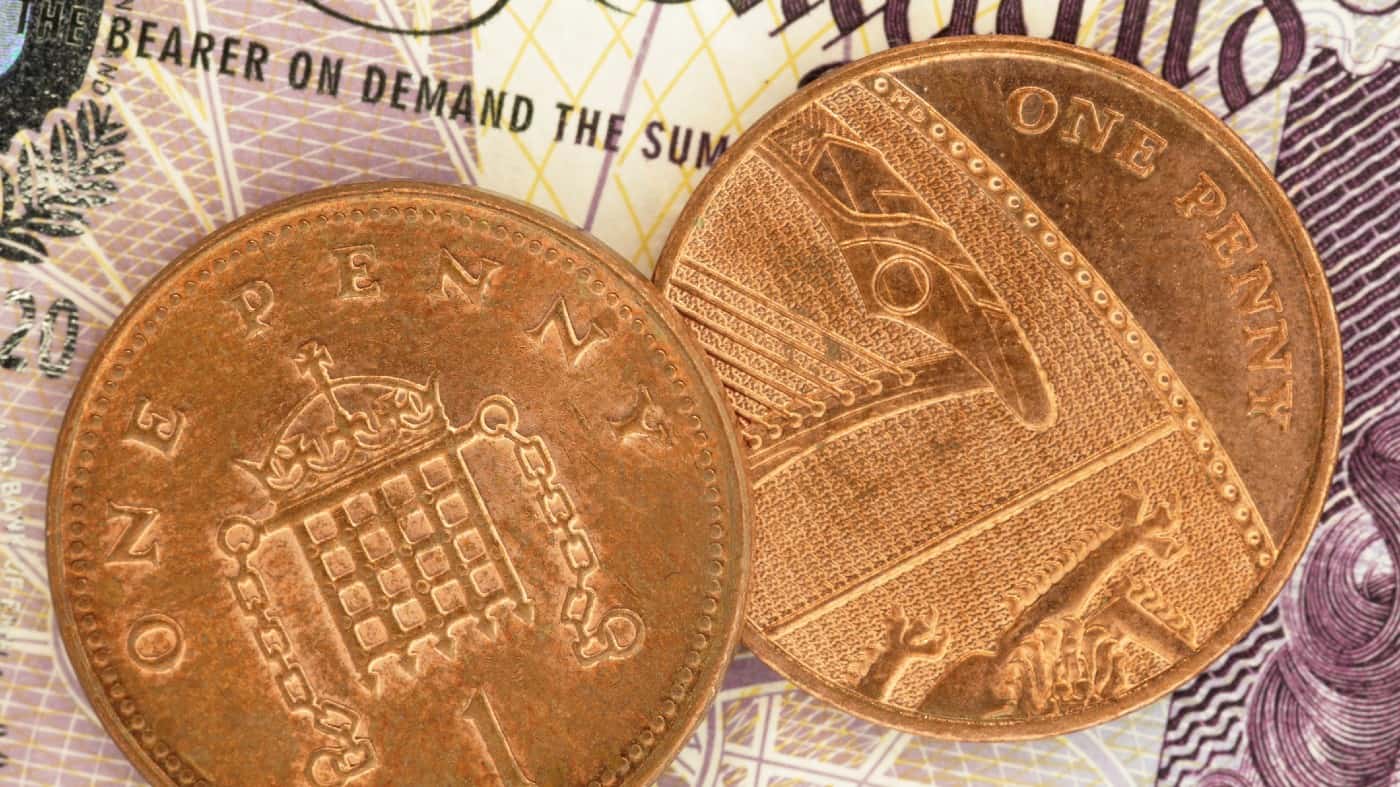Hong Kong stocks shot higher on Thursday, reversing a steep fall in the previous trading session as the territory followed China in easing some Covid-19 restrictions.
The Hang Seng index gained 3.4 per cent on Thursday, after a fall of 3.2 per cent in the previous session. The gains were broad, with consumer-focused stocks, healthcare companies and tech shares leading the way. Real estate and financial groups also gained while ‘haven’ shares such as utilities lagged behind.
Mainland China stocks were more muted, however, with the CSI 300 index of Shanghai- and Shenzhen-listed shares essentially flat.
Investors were encouraged by a report of further easing of Hong Kong’s Covid restrictions, which was confirmed when a health official told a briefing that isolation periods for victims and their close contacts would be shortened from seven days to five. Discussions on ending outdoor mask-wearing as a requirement were also reported, but this will officially remain in place for now.
Markets have been captivated by a string of headlines in recent weeks on Beijing’s plans to reopen China’s economy after years of pursuing a zero-Covid policy. China’s cabinet on Wednesday moved to end some coronavirus restrictions. A severe outbreak in Beijing, the capital, underscores how the situation remains fraught.
“We think the market is likely to be volatile amid a bumpy transition period ahead,” said Mark Haefele, chief investment officer at UBS Global Wealth Management, referring to China’s markets.
“On the one hand you’ve had this almost euphoric reaction to the easing of Covid restrictions in China, and more support for the property sector,” said Mitul Kotecha, head of emerging markets strategy at TD Securities. “But there are still constraints here, over the efficacy of vaccines, over ICU capacity, on the number of unvaccinated, which suggest we could have slower progress than markets are predicting.”
Elsewhere, the regional Stoxx Europe 600 ticked 0.2 per cent lower in morning trading and London’s FTSE 100 fell 0.1 per cent. Contracts tracking Wall Street’s benchmark S&P 500 and the tech-heavy Nasdaq 100 traded between gains and losses.
Oil prices rose on Thursday, albeit from year-to-date lows. Brent crude, the international oil benchmark, gained 0.4 per cent to trade at $77.45 per barrel, while US marker West Texas Intermediate added 0.6 per cent to hit $72.46.
The S&P 500 is up more than 3 per cent over the past month but has fallen for five consecutive days as stronger than expected jobs and services sector data have chipped away at investors’ conviction about the direction of Fed interest rate rises. The dollar has slumped more than 8 per cent since hitting a 20-year high in late September.
Fed chief Jay Powell last week suggested that rates could rise by 0.5 percentage points in December, potentially ending a run of four 0.75 percentage point increases.
Futures markets indicate that an overwhelming majority of investors have already priced in such a move, but the mood on Wall Street remains skittish ahead of November’s inflation report and the Fed’s final meeting of the year next week.
“Just last week the market was coming around to the possibility that the Fed might actually pull off the fabled soft landing, but recently the market is returning to the belief that a recession is likely,” said Mike Zigmont, head of trading and research at Harvest Volatility Management.
“I think this back-and-forth thinking is simply a product of uncertainty and the year-long bear market,” Zigmont added. “Investors are so beat up that they are less comfortable holding a view without clear evidence.”
The Treasury market is flashing warning signs of a slowdown in economic growth, with the gap between short- and long-term US borrowing costs at its widest point since 1981. The two-year Treasury yield added 0.03 percentage points on Thursday at 4.28 per cent, while the 10-year yield added 0.05 percentage points at 3.45 per cent. Yields rise as prices fall.
Credit: Source link














